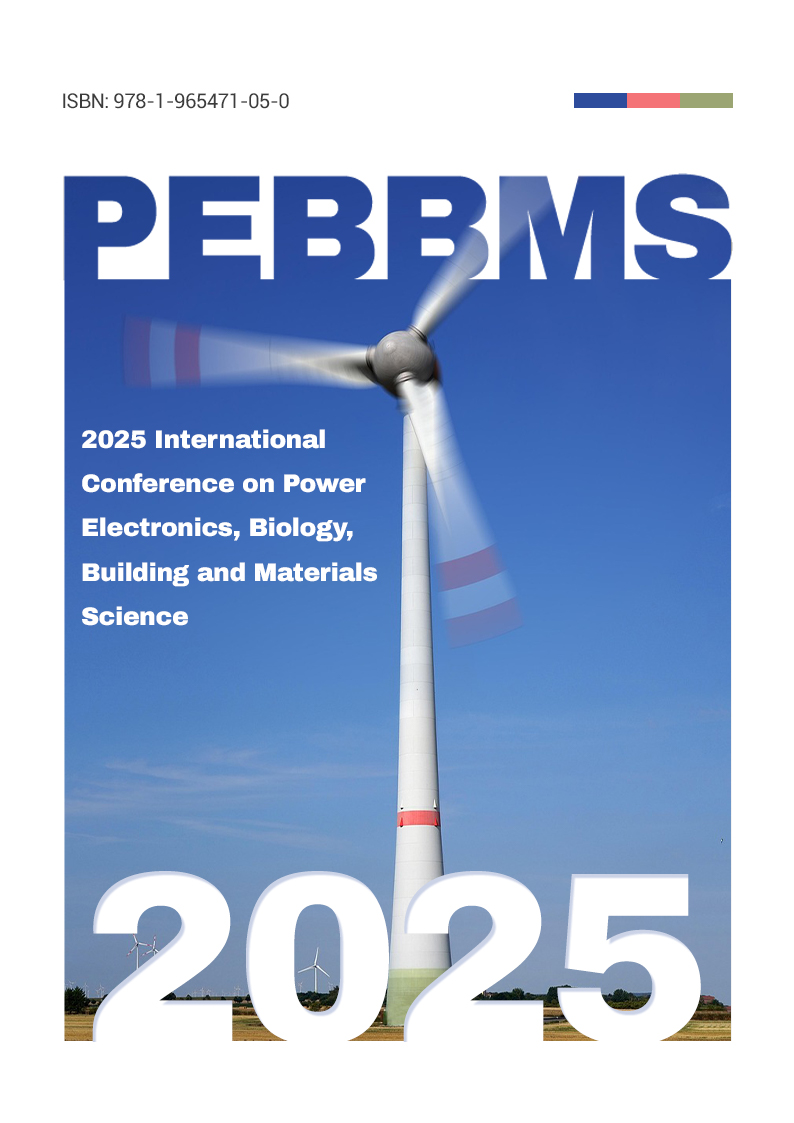Mechanistic Study of Al/Ga Doping Effects on NCM811 Surface Stability

Authors:
Zhiyong Chen, Piqiang Tan, Xiang Liu, Chaojie Yao
Keywords:
NCM811; doped; Mechanistic; surface stability
Doi:
10.70114/acmsr.2025.3.1.P110
Abstract
Lithium-ion batteries have emerged as a pivotal technology in green energy storage systems, with their development progressing at an accelerated pace. Within this field, cathode materials represent a critical research frontier as they fundamentally determine the energy density and overall performance of lithium-ion batteries. This study focuses on NCM811, a promising high-nickel cathode material, investigating its surface stability through elemental doping strategies. We systematically examine the exposed crystal surfaces and oxygen vacancy formation energetics modified by dopant incorporation. Furthermore, through detailed electronic structure analysis, we elucidate the fundamental mechanisms by which dopant elements influence material stability. These findings provide significant advancements to the existing body of knowledge on NCM811 cathode materials. Our findings provide valuable complementary insights to the existing body of knowledge regarding NCM811 cathode materials


